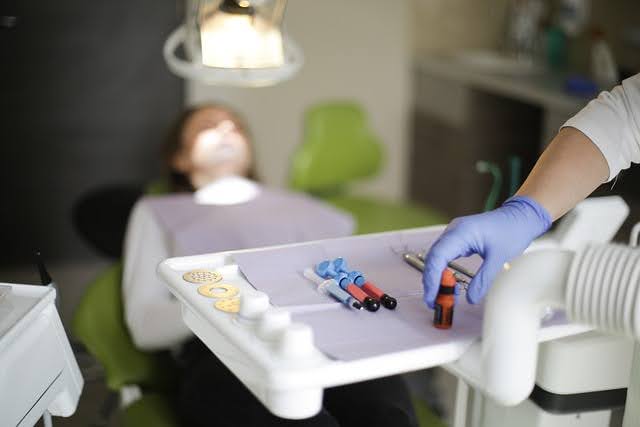
Gum disease is a common dental issue that affects a significant portion of the population. Traditionally, gum disease treatment involved invasive procedures, but advancements in dental technology have introduced laser gum therapy as a less intrusive and more effective alternative. This article explores the essential information about laser gum therapy, from its benefits and procedure to its effectiveness in treating gum disease.
Understanding Gum Disease
Before delving into laser gum therapy, it’s crucial to understand gum disease and its various stages. Gum disease begins with gingivitis, characterized by inflammation of the gums. If left untreated, it can progress to a more severe condition, affecting the supporting structures of the teeth, including the bone. For this reason, reputable Lakewood laser gum therapy providers recommend prompt intervention and regular dental check-ups. This will detect and address gum disease at its earliest stages.
Laser Gum Therapy: An Overview
Laser gum therapy, also known as laser periodontal therapy or LANAP (Laser-Assisted New Attachment Procedure), utilizes the power of laser technology to treat gum disease. Different types of lasers can be used in gum therapy. The most common are diode lasers and Nd:YAG lasers. These lasers are safe and effective, providing precise control for the dental professional during the procedure. The laser gum therapy procedure typically involves the following steps:
- Assessment: The dentist assesses the extent of the gum disease and determines the areas that need treatment.
- Anesthesia: Local anesthesia is applied to ensure the patient’s comfort during the procedure.
- Laser Treatment: The dentist uses the laser to remove diseased tissue, eliminate bacteria, and stimulate healthy tissue regeneration.
- Closure: The dentist ensures proper closure of the treated areas, allowing for a smoother healing process.
Benefits of Laser Gum Therapy:
Laser therapy is minimally invasive, reducing discomfort and recovery time. The precision of lasers minimizes bleeding and swelling during and after the procedure. The laser promotes the regeneration of healthy gum tissue, aiding in the healing process. Laser therapy selectively targets diseased tissue, preserving healthy gums.

Effectiveness of Laser Gum Therapy
Laser gum therapy has proven to be highly effective in treating various stages of periodontal disease. It can target and eliminate bacteria deep within the pockets around the teeth, supporting the overall health of the gums. One of the remarkable aspects of laser gum therapy is its ability to stimulate gum tissue regeneration. This promotes the reattachment of the gums to the teeth, reducing pocket depth and preventing further progression of gum disease. Patients experience less discomfort during and after laser gum therapy than traditional gum surgery.
In many cases, laser gum therapy can address gum disease without surgery. This makes it an attractive option for those seeking a more comfortable treatment approach. By effectively treating gum disease, laser therapy contributes to improved overall oral health. It helps prevent tooth loss, reduces the risk of systemic health issues associated with untreated gum disease, and enhances the longevity of natural teeth.
Laser gum therapy represents a significant advancement in gum disease treatment, offering a less invasive and more comfortable alternative to traditional surgical methods. Understanding laser gum therapy’s benefits, procedure, and effectiveness empowers individuals to make informed decisions about their oral health. If you are experiencing symptoms of gum disease or seeking a modern approach to dental care, consult with a periodontist to explore whether laser gum therapy is the right option. By prioritizing your oral health and leveraging innovative technologies, you can take proactive steps toward a healthier, more vibrant smile.




